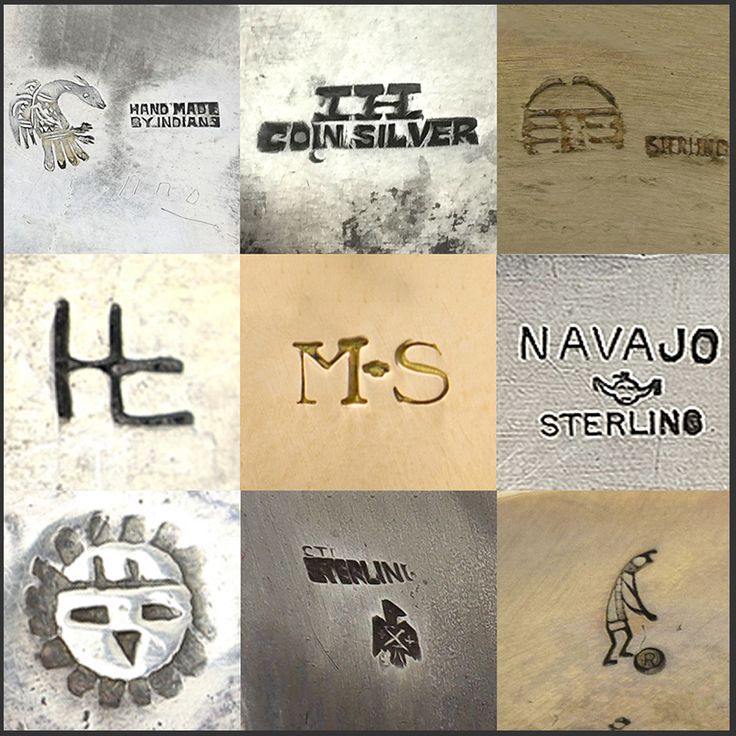In recent years, turquoise jewelry has undergone a remarkable resurgence, captivating the interest of an expanding audience. However, the significance of the quality and variety of turquoise chosen cannot be overstated, as it deeply influences the industry as a whole and reflects rich cultural narratives.
The world of turquoise jewelry offers a vast spectrum of options, ranging from cheap plastic or resin imitations to stabilized stones and exquisite whole cabochons. Additionally, the geographical origin of turquoise contributes to its distinct styles and aesthetics, with regions such as Indian, Native American, and Mexican each showcasing their unique flair.
When exploring turquoise jewelry, it is imperative to delve into the historical and cultural significance of the pieces under consideration. Native-made turquoise jewelry, particularly prevalent among southwestern tribes like the Hopi and Diné of the New Mexico/Arizona region, carry profound cultural and historical weight. These pieces serve as vessels for stories and legends, transmitting knowledge and tradition from one generation to the next.
The emergence of terms like “Old Pawn” or “Dead Pawn” in the late 1800s and early 1900s signifies a period when tribal members pawned their jewelry – primarily turquoise jewelry – for cash, resulting in pieces that were left unclaimed and thus steeped in history. These pieces evoke a sense of authenticity and connection to the past, enriching the experience for collectors and enthusiasts alike.
Historically, the exchange of skills between Native Americans and Mexicans played a pivotal role in the evolution of turquoise jewelry. Native Americans adopted the art of silversmithing from Mexican artisans, leading to a fusion of styles and techniques. This cultural exchange facilitated a transition from traditional materials like hair and copper to silver in the mid-20th century, thereby elevating the economic status of tribes as the value of their craftsmanship surged. Furthermore, this era witnessed a shift towards mass production of handmade native jewelry for public consumption, reflecting a departure from the traditional practice of crafting pieces solely for familial inheritance.
Seeing that I am a college student, I am unable to afford typical “Old Pawn” turquoise prices; however, most handmade, mass produced turquoise pieces carry the quality of being meticulously crafted by a native maker, and they tend to be more budget friendly. Therefore, the majority of my personal turquoise jewelry collection falls under this category.
The growing popularity of turquoise jewelry presents an opportunity to bolster indigenous economies by supporting local artisans and communities. Personally, I believe that investing in native-made jewelry not only preserves cultural heritage, but also contributes to the economic empowerment of indigenous peoples. While pieces from Mexican and Indian origins may deviate from the typical southwestern aesthetic, they offer collectors the chance to diversify their collections and explore various styles, thus enriching the cultural tapestry of turquoise jewelry.
When I am browsing for a new turquoise jewelry piece, I typically look for a 925 sterling silver authenticity stamp. This stamp can usually be found on the inside of sterling silver turquoise jewelry, and it indicates that the silver is at least 92.5% pure . While looking for the sterling silver stamp, I also look for a maker’s mark stamp which is essentially a signature of the individual who made the piece of jewelry.
If you are looking for high quality turquoise pieces, some of the best places to look are eBay auctions and Facebook resale groups – assuming you are unable to get your pieces directly from a Native maker. I typically try to avoid resell and resale shops as their prices tend to be inflated beyond the piece’s relative worth.
Ultimately, the adage “you get what you pay for” resonates deeply in the world of turquoise jewelry. While cheaper alternatives may seem appealing, investing in high-quality, native-made pieces ensures authenticity and sustains the cultural legacy embedded within each creation. By aligning consumer choices with values of cultural preservation and economic empowerment, turquoise enthusiasts can play a vital role in nurturing and sustaining indigenous communities for generations to come. Thus, turquoise jewelry transcends mere adornment; it becomes a conduit for storytelling, tradition, and cultural preservation.






Susan Bates • Apr 3, 2024 at 11:41 AM
A very enlightening article. The factors around turquois, the stone origins and the handmade vs machine “handmade”, were helpful in choosing a piece.
Thank you for the insight.
Cheryl Halfhill • Mar 21, 2024 at 6:20 PM
I recently purchased a couple turquoise necklaces and have verified with the jewelry shop that they are real turquoise. He said that he can’t value them unless he knows where the turquoise jewelry originated from. Is there a way to find out this. The resale shop I bought it from didn’t even know that it was real.